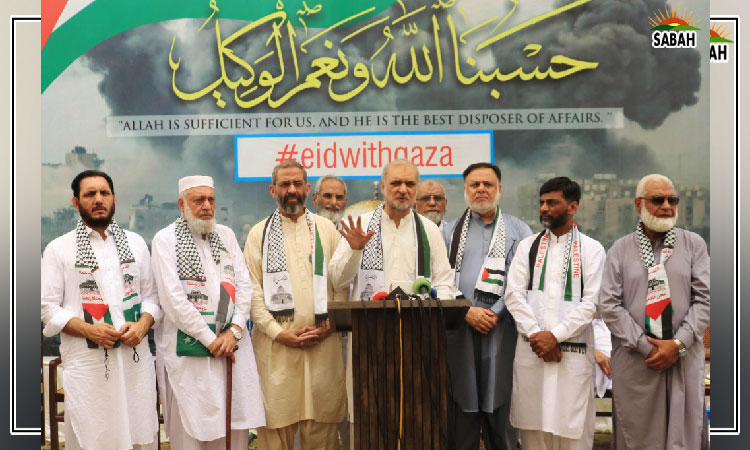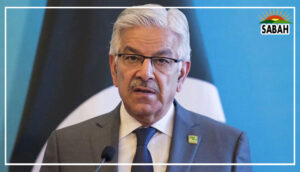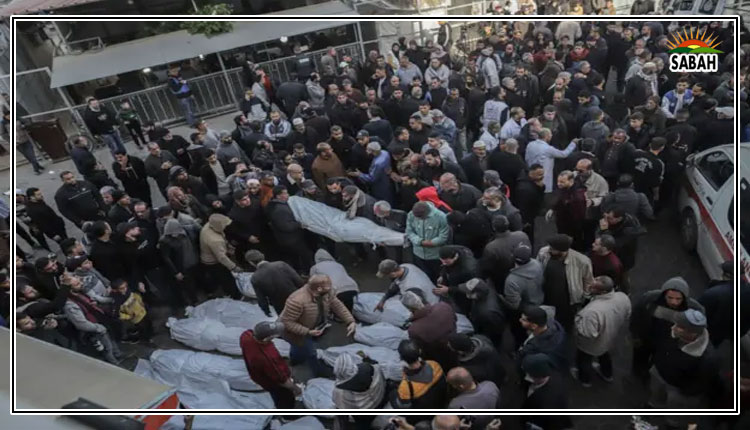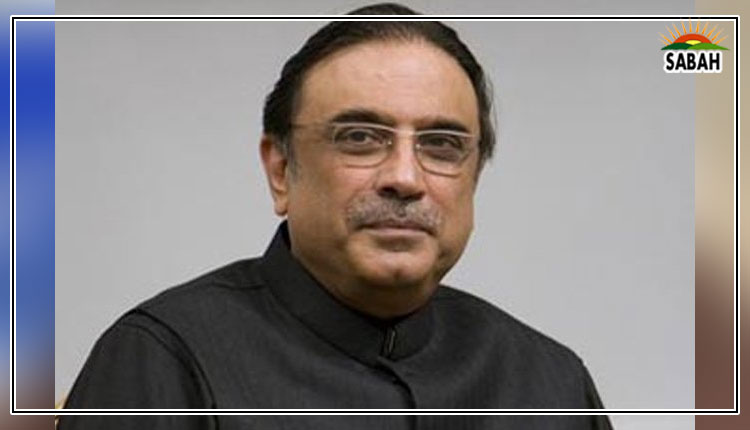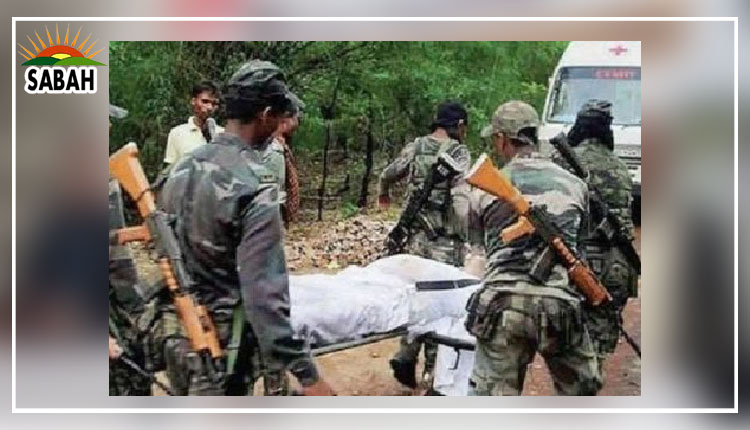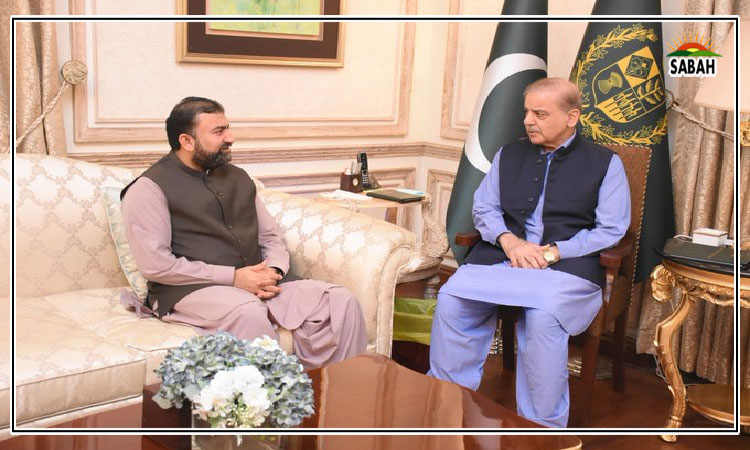War of missed opportunities…Raashid Wali Janjua
The 1965 war was a product of the unresolved Kashmir conflict and unrealistically ambitious assumptions such as ruling out the possibility of India retaliating when confronted with defeat in the disputed Kashmir territory.
An ambitious group of civil-military leaders comprising foreign minister Zulfikar Ali Bhutto, foreign secretary Aziz Ahmed, and GOC 12 Division major General Akhter Husain Malik managed to convince the Pakistani military leadership to help the Kashmiri resistance inside Occupied Kashmir through armed insurrection.
In his book Asymmetric Conflicts: War Initiation by Weaker Powers, US writer TV Paul analyzes reasons that lead weak nations to initiate war. He presents six case studies, including the Arab-Israel War 1973, Indo-Pakistan War 1965, Falklands War 1982, China-Korea War 1950, Russo-Japanese War 1904, and Japans 1941 Pearl Harbour attack.
TV Paul argues that wars happen not because of countries strong sense of achieving something but because the weak often have few alternatives except war. According to him, strategic, political, international environment, and domestic politics are four areas that impact the war choices of weaker powers.
In the case of Pakistan, the favourable international environment due to military alliances with the West, favourable military balance due to US-delivered weapons, the perceived receptivity of Kashmiris for armed insurrection, and an aggressive nationalist civil-military clique in domestic power corridors convinced the leadership about the possibility of resolving the Kashmir dispute through armed conflict.
Pakistans Foreign Office had assumed that the Indian leadership would keep the war confined to the disputed territory of Kashmir. Factors like a demoralized India after 1962 drubbing at the hands of China, diversion of troops from Kashmir to the NEFA region, the Hazratbal incident and the 1963 uprising, and the perceived weakening of Lal Bahadur Shastri as Indian prime minister, in place of a titan like Nehru, encouraged Pakistan to break the status quo in Kashmir.
To defreeze the Kashmir issue, six infiltrating groups were launched in the region in the first week of August across CFL towards Srinagar Valley, Mendhar-Rajauri, Kargil-Dras, Nowshaera-Sundarbani, Bandipura-Sunarwain,Qazinag-Naugam, and Kel-Minimarg. Indians, as per BM Kaul, were rattled by finding one of the groups close to Srinagar and responded vigorously by moving two additional infantry divisions in Kashmir and attacking wide-open gaps in the mountainous terrain across CFL.
Pakistans 12 Division was strung out on the 400-mile front with paramilitary forces and mujahideen holding wide gaps. Indians chose the strategic Haji Pir Pass for a double pincer division sized attack. Due to thinly held Pakistani positions, India managed to advance along the Uri axis and captured the Haji Pir Pass on August 30.
The loss of Haji Pir Pass rattled Pakistanis who launched Operation Grand Slam, a contingency plan originally conceived in May 1965 by Gen Husain Malik to relieve pressure on 12 Division. Operation Grand Slam was launched on September 1, with an infantry division and two armour regiments, and 4 Corps plus seven Division Artillery (Six artillery regiments and five batteries in total).
Indian targets in Dewa, Barsala, Chhamb and across Tawi bore the brunt of nine field, seven medium and two heavy batteries of Pakistan artillery. Capturing Akhnur was a strategic goal that would have cut off Indian forces in Nowshera, Rajauri and Poonch from Jammu, making their position tactically and logistically weak.
According to Shaukat Riza in Pakistan Army War-1965, 12 Division was to control operations till River Tawi and 7 Division under major-general Agha Muhammad Yahya was to take over from Tawi onwards. Akhter Malik, according to eyewitness Brig Mian Mehmud who was commanding 1 Army Aviation squadron, had planned to capture Akhnur by September 3.
Due to change in command, the operation got delayed and Muhammad Yahya could not capture Akhnur. Pakistan as per Lt-Gen Kamal Matinuddin came within an ace of capturing Akhnur, but the joker in the pack was with Indian PM Shastri, who ordered an attack across international border in the Lahore and Sialkot sectors on September 6.
Why Pakistans leadership had discounted an Indian attack across international borders, a possibility that was predicted by no less than Nehru in a statement as far back as 1950, is still a mystery. In the Ravi-Beas sector, the Indian attack along the GT Road and Burki axes was blunted by a resolute defence by doughty defenders such as Major Shafqat Baloch and Aziz Bhatti and the timely action by the PAF.
An offensive thrust in Khem Karen by Pakistani 1 Armoured Division petered out due to some staff and planning errors and use of inundation tactics by Indians. India had come close to a decisive defeat on September 9 when General Chaudry ordered the Indian Army to withdraw behind Beas but was saved due to his subordinate Harbaksh Singh, the commander of the Western Command who disobeyed his order.
In Sialkot, Indians were on the offensive employing three infantry and one armoured division against Pakistans 15 Infantry Division and 6 Armoured Division. On September 8, when there was nothing between the Indian juggernaut and Pakistans soft underbelly east of Sialkot, the PAF emerged from nowhere to scatter Indian armour. PAF action bought valuable one hour enabling the 25 Cavalry to reach from Narowal and stand like a rock against Indian armour, beating back its repeated attacks. On September 11, Indians advancing on three axes (Chawinda-Phillorah-Badiana) appeared to break through 9FF and 11 Cavalrys positions at Gadgor-Phillorah.
The famed legendary Pakistans tank regiment Guides Cavalry swung into action and re-enacted the Charge of the Light Brigade type attack in debonair cavalry charges of yore, unhinging Indian 16 Cavalry and 17 Poona Horse, forcing a panicked recoil on Indian 62 Cavalry regiment following behind.
The 1965 war, which could have been a decisive strategic victory for Pakistan, turned out to be a tactical draw due to missed operational opportunities in the Akhnur and Khem Karen sectors. At the operational level, Indias decision against pressing on with offensives, despite having superior reserves, might have been to Pakistans advantage in this war of missed opportunities.
The writer is a security and defence analyst. He can be reached at: rwjanj@hotmail.com
Courtesy The News


